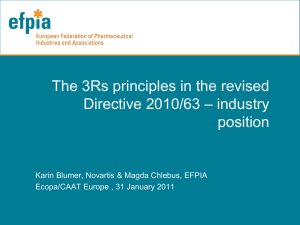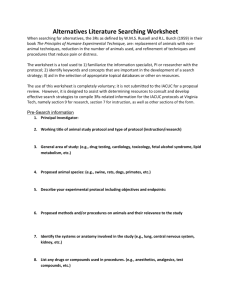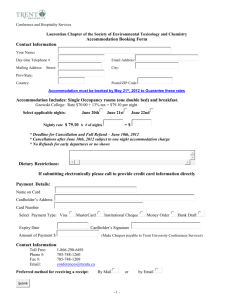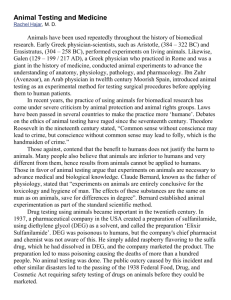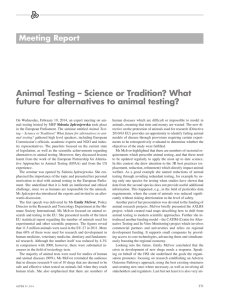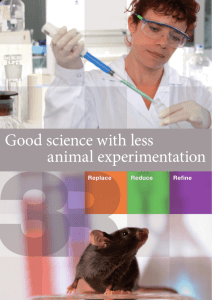YIM2015 Call For Abstracts
advertisement
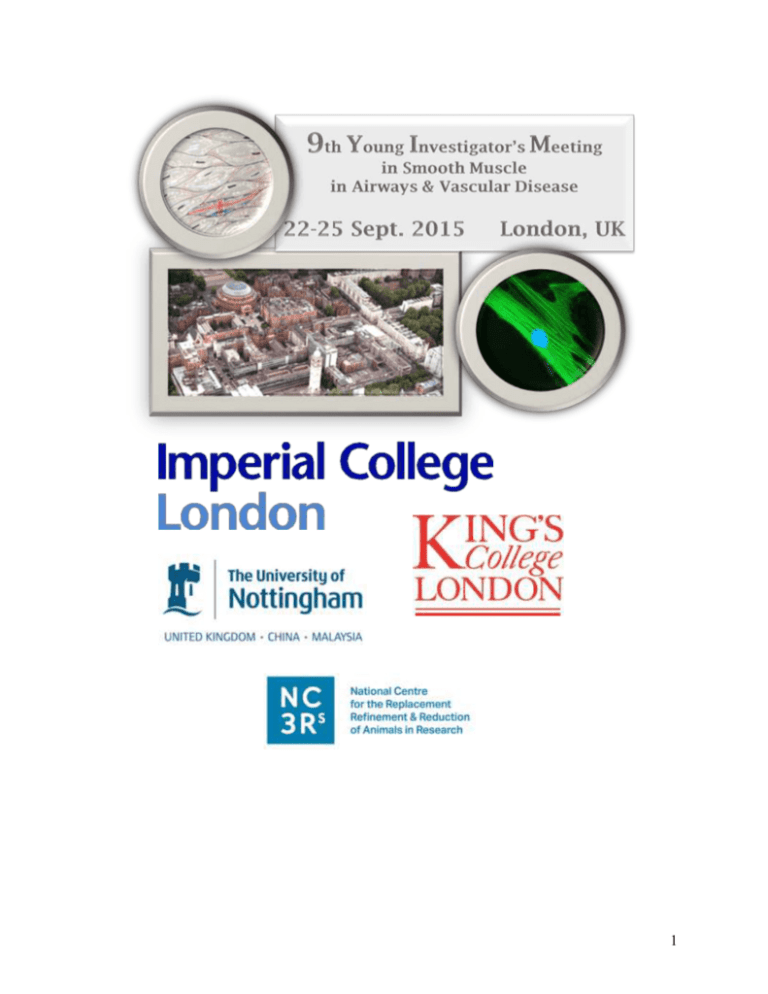
1 Call for Abstracts February 2015 Dear Colleagues, The 9th International Young Investigators’ Meeting (YIM) on Smooth Muscle in Airways and Vascular Disease will be held on September 22nd-25th 2015 in London, UK. You are receiving this message because you have attended in the past or because we believe you or your trainees may be interested in this meeting. The last meeting was in May 2013, hosted by Dr. Reinoud Gosens, Groningen, The Netherlands. This year’s meeting will be cohosted by Dr. Jill Johnson (Imperial College London), Dr. Varsha Kanabar-Raivadera (King’s College London) and Dr. Charlotte Billington (University of Nottingham). Planned scientific sessions will be based around the following themes: “What’s New and How To” Different from previous meetings, we have included a workshop session. Three researchers who have pioneered techniques of importance to the lung biology and smooth muscle community will share their knowledge with delegates and be available for questioning! Airway Physiology Applying the 3Rs in Smooth Muscle Research Vascular Smooth Muscle Smooth Muscle Signalling Fibrosis CONFIRMED SPEAKERS & WORKSHOP PRESENTERS: Prof. Peter Paré (Canada) Prof. Clive Page (UK) Prof. Richard Bond (USA) Prof. Maria Belvisi (UK) Prof. Michael Sanderson (USA) Dr. Anthony Holmes (UK) Dr. Leo Carlin (UK) Dr. Adrian West (Canada) GENERAL INFORMATION: Both the symposium and conference accommodation will be at Imperial College London, UK. This will be a three-day meeting (22nd-24th September) including maximally 120 participants. PRIORITY WILL BE GIVEN TO THOSE WHO SUBMIT ABSTRACTS. Scientists interested in 2 airway/pulmonary vascular smooth muscle and fibroblast biology will participate. As in the past, the format of the meeting is entirely dedicated to the young researcher. The program consists of several keynote lectures by leaders in the field, and different from previous meetings we have included a workshop session describing latest methodologies. PhD students and postdoctoral researchers who have submitted abstracts will be programmed to present their research via 15 min lectures with 5 min discussions or poster presentations. There will be plenty of time for discussion throughout the meeting and during our evening networking events in the beautiful city of London. As at past meetings there are no fees requested for registration, accommodation (for the nights of 22nd, 23rd and 24th Sept.) or food. There are options to stay for an extra night and also to bring partners/family, however this will incur an additional cost (see registration form). On the fourth day (25th Sept) we aim to assist delegates with any sightseeing which they may wish to do in London or advise on tours outside London. We will assess enthusiasm for this once delegates have been advised of abstract acceptance. CALL FOR ABSTRACTS AND CONFERENCE REGISTRATION If you are interested in participating, please complete the registration form below and send it to charlotte.billington@nottingham.ac.uk. We welcome abstracts on all aspects on smooth muscle and fibroblast biology. This year we are also asking participants to consider what impact their approach could have on the replacement, refinement and reduction of animals in research (the 3Rs). This year, the NC3Rs will be offering a £100 prize for the best presentation (poster or oral) describing the 3Rs impact of the research. Further information about this can be found with the abstract submission form on p7. There will also be prizes available from both the British Association for Lung Research (BALR) and F1000. Details of these will be given in the coming months. To submit an abstract, please use the abstract form, which you can find below. The initial abstract submission deadline and registration deadline is March 20th 2015. Based on these abstracts, oral presentations and posters will be programmed. The possibility to submit abstracts will remain open after this deadline until June 1 st 2015, however participation is limited and submissions after March 20th will be programmed as posters only. Registration will start from 12 noon on Tuesday 22 nd September, 2015 with the workshop scheduled from 2.30pm. We hope you will join us at the conference and help to make it a prominent and memorable scientific event. Yours sincerely, Charlotte Billington, Jill Johnson, Varsha Kanabar-Raivadera, UK 3 Registration form Full Name: Male/Female Affiliation: University Department Address: Street: Postal code: City: Number: Country: Phone number: Country code Area code+number Fax number: Country code Area code+number I am a student (If yes please provide letter / email from supervisor to confirm this) Yes No I am an Early Career Researcher (less than 5 years post-doctoral experience) Yes No I will attend the Workshop session (Tues 22nd Sept, 2.30pm) Yes No I will attend ERS 2015 in Amsterdam Yes No Please give details if you have any dietary requirements we should be aware of: Please give details if you have any access requirements we should be aware of: 4 ACCOMMODATION REQUESTS: Rooms based on shared occupancy are provided by the meeting. These will be in the beautiful Imperial College Beit Halls of Residence (next to the Royal Albert Hall and very close to Hyde Park!). Also, a limited number of single rooms are available. Please indicate your accommodation requirements below: Tuesday Wednesday Thursday Accommodation Required? Y/N Y/N Y/N I would like to share a room with: Delegate (give name if Non-delegate (£48 per known) night) ADDITIONAL ACCOMMODATION REQUESTS: We will endeavor to reserve any additional requested rooms however delegate accommodation will take priority. We will of course advise whether accommodation can be obtained for family or not ASAP! I require extra room(s) for family (please state number of rooms needed and names of occupants) AND / OR AN EXTRA NIGHT Single (at £75 per room per night) Twin (at £96 per room per night) Tuesday Wednesday Thursday Friday* *Please note Friday night accommodation is not included and will incur a charge 5 Abstract form Abstract Title (max. 150 characters incl spaces): Authors (full name, underline name of presenting author): Affiliation(s) (where multiple affiliations apply, please indicate using numerical footnotes next to author’s name): Example: Title: The role of airway smooth muscle in IL-17 production Authors: John A Smith, Henry T Adams, Jane F McCormack Affiliation: Department of Physiology, University of Groningen, The Netherlands Abstract body (max. 300 words) Please use 10 pt font. Use Symbol font for Greek letters, or spell them (alpha, beta, etc.). Potential 3Rs impact if applicable (max. 150 words) – see below for guidance on what to include: 6 NC3Rs poster prize The NC3Rs is offering a £100 prize for the presentation which best describes the 3Rs impact of the research. Presentations (poster or oral from the NC3Rs-sponsored session) will be selected for inclusion in the prize competition based on the strengths of the abstract and 3Rs impact statement provided above. Judging criteria: Presentations will be judged by a panel using the following criteria: Quality of the science presented 3Rs impact (actual or potential) and how this will be maximised – see definitions below How the presenter describes the science and 3Rs impact We would encourage presenters to include a separate 3Rs impact section on their poster/slides so these are clearly defined. For internal use: Registration #: _________ Date received: _________ Date entered: __________ 7 Guidance for completing the 3Rs impact statement Replacement Methods that avoid or replace the use of animals defined as 'protected’ under the Animals (Scientific Procedures) Act 1986, amended 2012 (ASPA) in an experiment where they would have otherwise been used. Protected animals are all living vertebrates (except humans), including some immature forms, and cephalopods (e.g. octopus, squid, cuttlefish). Replacement includes the use of: Human volunteers, tissues and cells Mathematical and computer models Established animal cell lines, or cells and tissues taken from animals killed solely for this purpose (i.e. not having been subject to a regulated procedure) Immature forms* of vertebrates, or invertebrates, such as Drosophila and nematode worms. *Protected forms are embryonic and fetal forms of mammals, birds and reptiles during the last third of their gestation or incubation period, fish and amphibians once they can feed independently, and cephalopods at the point they hatch. Embryonic and fetal forms are protected from an earlier stage of development if they are going to live beyond the stage described above and the procedure is likely to cause them pain, suffering, distress or lasting harm after they have developed to that stage. Reduction Methods that minimise the number of animals used per experiment or study, either by enabling researchers to obtain comparable levels of information from fewer animals, or to obtain more information from the same number of animals, thereby avoiding further animal use. Examples include improved experimental design and statistical analysis, sharing data and resources (e.g. animals and equipment) between research groups and organisations, and the use of technologies, such as imaging, to enable longitudinal studies in the same animals. Refinement Methods that minimise the pain, suffering, distress or lasting harm that may be experienced by the animal. Refinement applies to all aspects of animal use, from the housing and husbandry used to the scientific procedures performed on them. Examples of refinement include, using appropriate anaesthetics and analgesics, avoiding stress by training animals to cooperate with procedures such as blood sampling, and providing animals with appropriate housing that allows the expression of speciesspecific behaviours, such as nesting opportunities for mice. Guidance for estimating measures of 3Rs impact Please describe: 1) Which of the 3Rs the proposed research will advance; 2) How the replacement, refinement and/or reduction would be achieved; 3) The likely scale of replacement/reduction in animal use and/or improvement in animal welfare, both locally and in the wider scientific community. It is particularly important to provide metrics about the potential 3Rs impact. Estimates can be made by, for example, searching literature databases to see how many papers are published each year reporting use of the particular animal model and the typical number of animals used per experiment in the published papers. We recommend that you consider the following questions: 8 Replacement/Reduction: How many animals would no longer be used per experiment/procedure/test? How many experiments/procedures/tests of this type are conducted in your laboratory/company? How many laboratories/companies worldwide conduct these tests? What is the percentage reduction in animal use that could be achieved? Refinement: What is the evidence that animal suffering will be reduced/animal welfare improved? What objective indicators will be used to assess animal welfare? Is the severity limit for the procedure/protocol likely to be downgraded as a result of the proposed refinement technique? How many animals are likely to benefit per year both locally and in the wider scientific community? Accommodation and travel information Accommodation Address: Beit Quad, Prince Consort Road, London, SW7 2BB Beit Hall is located in the Beit Quadrangle on Prince Consort Road, near to the Royal Albert Hall and just across the road from the South Kensington Campus. Directions to Beit Hall From Heathrow Airport The airport is linked to London by the Underground on the Piccadilly line. You can catch an Underground train to South Kensington station which is around a 10-min walk to Beit Hall. This is the quickest and most economic means of transport from the airport. The Heathrow to Paddington Express rail link runs every 15 minutes during the day and the journey takes approximately 15–20 minutes. Alternatively, the Airbus links Heathrow airport with central London. From Gatwick Airport A regular and frequent over ground train service runs from Gatwick to Victoria station in London, taking approximately 30–35 minutes. From Victoria you can catch an Underground train to your destination. Alternatively, Flightline coaches depart hourly during the day from Gatwick to Victoria coach station, taking approximately 70–75 minutes. 9 By Road Prince Consort Road runs parallel to Kensington Gore, and can be approached from Queen’s Gate or Exhibition Road. By Underground Both Gloucester Road and South Kensington stations (Piccadilly, Circle and District lines) are within 10 minute walk. A taxi from either station will cost around £5.00. For more information on the London Underground, visit tfl.co.uk. 10
